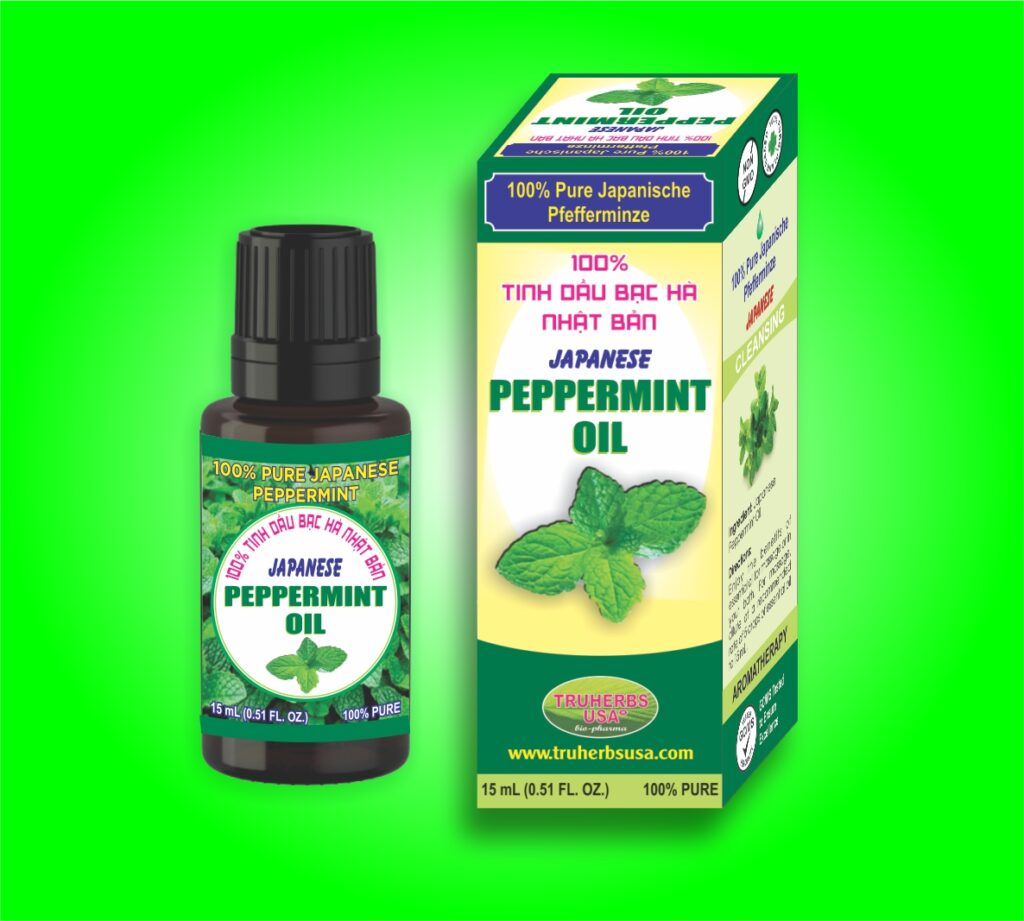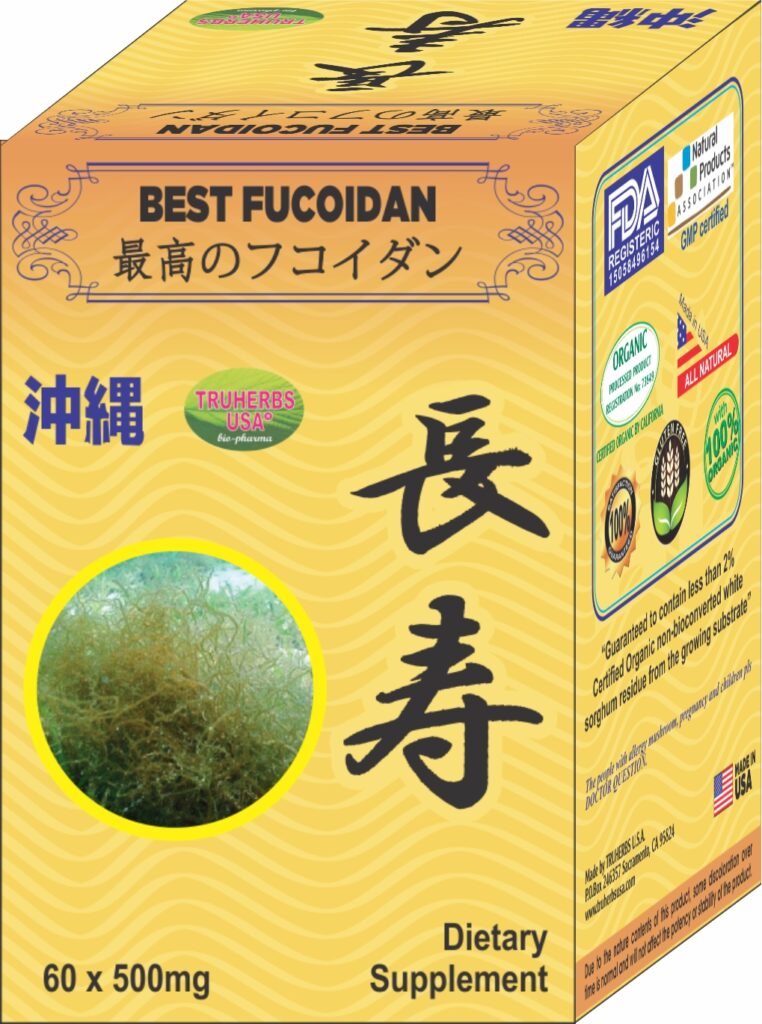SCIENTIFIC NAME(S):Angelica archangelica L., synonymous Archangelica officinalis Hoffm. Family: Apiaceae (carrots)
COMMON NAME(S): European angelica, Echt engelwurz (German)
History
Angelica has been cultivated as a medicinal and flavoring plant in Scandinavian countries since the 12th century and in England since the 16th century. The roots and seeds are used to distill about 1 % of a volatile oil used in perfumery and as a flavoring for gin and other alcoholic beverages. The candied leaves and stems are used to decorate cakes. The oil has been used medicinally to stimulate gastric secretion, treat flatulence, and topically treat rheumatic and skin disorders.
Botany :- Angelica is a widely cultivated, aromatic biennial, northern European herb with fleshy, spindle-shaped roots, an erect stalk, and many greenish yellow flowers arranged in an umbel. The seeds are oblong and off-white. It is similar to and sometimes confused with the extremely toxic water hemlock, Cicuta maculata.
There are several recognized varieties of A. archangelica, wild and cultivated. In the US, A. atropurpurea L. is often cultivated in place of the European species.
Uses of Angelica
Often used as a flavoring or scent, angelica has been used medicinally to stimulate gastric secretion, treat flatulence, and topically treat rheumatic and skin disorders; however, there is little documentation to support these uses.
The seeds of this wonder herb have been used in making perfume. The dried leaves can be used in a potpourri mixture and herb pillows. The fresh or dried herbs can be used in a herb bag to be used in a hot bath.
Culinary Uses
Chopped leaves may be added to fruit salads, fish dishes and cottage cheese in small amounts.
Add leaves to sour fruit such as rhubarb to neutralize acidity.
Boil the stems with jams to improve the flavor. Remove the stems before canning or freezing.
You can also add the candied stems to stewed fruits, jams, preserves, and jellies.
Side Effects of Angelica
Furanocoumarins in the plant may cause photodermatitis. Poisoning has been reported with high doses of angelica oils.
Interactions: Avoid using angelica root concurrently with warfarin.
Toxicology
The linear furanocoumarins are well-known dermal photosensitizers, while the angular furanocoumarins are less toxic.The presence of linear furanocoumarins in the root indicates that the plant parts should be used with caution if exposure to sunlight is expected. The coumarins are not important constituents of the oil, which therefore gives the oil a greater margin of safety in that respect. However, poisoning has been recorded with high doses of angelica oils.






